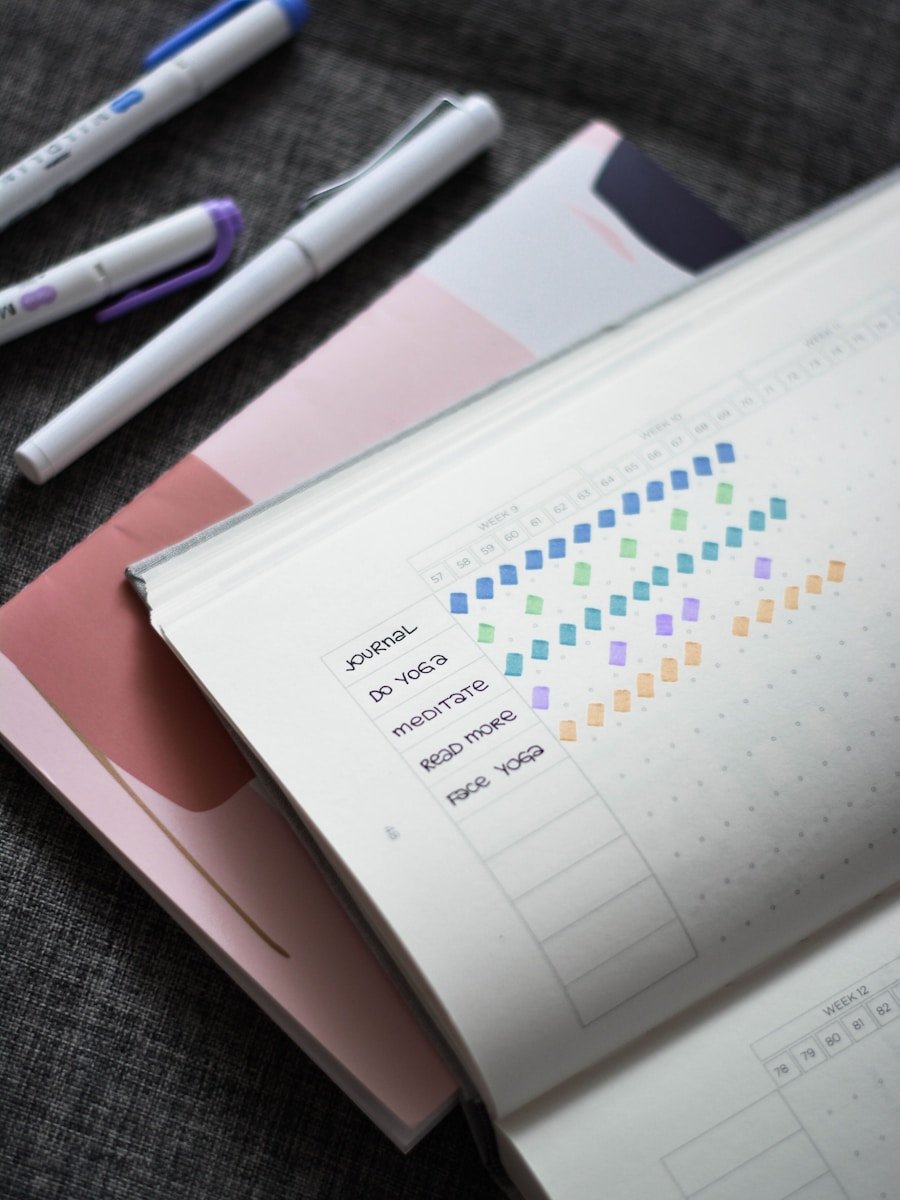Introduction
It’s essential to embrace a mindset of continuous improvement. This approach not only enhances personal growth but also drives organizational success. According to a recent study, companies that foster a culture of continuous improvement experience a 37% increase in productivity and a 25% reduction in operational costs.
In this comprehensive blog post, we’ll delve into the importance of maintaining a mindset of continuous improvement and explore strategies for cultivating this mindset in both personal and professional contexts.
Key Points to Cover

Understanding the Mindset of Continuous Improvement
The mindset of continuous improvement is a fundamental belief system that drives individuals and organizations to constantly seek ways to enhance processes, products, and services. It’s a proactive approach that encourages learning, adaptation, and growth.
This mindset is characterized by the following key elements:
- Openness to change and new ideas
- Embracing challenges as opportunities for growth
- Continuous learning and skill development
- Seeking feedback and embracing constructive criticism
- Identifying and addressing areas for improvement
Benefits of Cultivating a Mindset of Continuous Improvement
Adopting a mindset of continuous improvement offers numerous benefits, including:
| Benefit | Description |
|---|---|
| Increased productivity | By continuously improving processes and systems, individuals and organizations can streamline workflows and reduce inefficiencies, leading to higher productivity. |
| Enhanced competitiveness | A focus on continuous improvement drives innovation and helps organizations stay ahead of the competition by delivering better products and services. |
| Personal growth | Embracing a mindset of continuous improvement fosters personal development, as individuals continuously learn, adapt, and expand their skills and knowledge. |
Applying the Mindset of Continuous Improvement in Personal Life
The mindset of continuous improvement can be applied to various aspects of personal life, including:
- Health and Fitness: Setting fitness goals, tracking progress, and continuously adjusting routines for better results.
- Relationships: Actively working on communication, understanding, and conflict resolution skills.
- Personal Finance: Regularly reviewing and optimizing budgets, investment strategies, and financial goals.
- Skill Development: Continuously learning new skills, taking courses, or pursuing hobbies to foster personal growth.

Fostering a Mindset of Continuous Improvement in the Workplace
Cultivating a mindset of continuous improvement in the workplace can lead to significant benefits for both employees and organizations. Here are some strategies to foster this mindset:
- Encourage Feedback and Open Communication: Create an environment where employees feel comfortable sharing ideas, suggestions, and constructive criticism.
- Promote Continuous Learning: Provide opportunities for employees to develop new skills and knowledge through training programs, workshops, or mentorship initiatives.
- Implement Continuous Improvement Processes: Establish frameworks like Kaizen, Lean Six Sigma, or Agile methodologies to systematically identify and address areas for improvement.
- Recognize and Reward Improvement Efforts: Celebrate successes and recognize employees who actively contribute to continuous improvement initiatives.
Overcoming Challenges and Obstacles
While adopting a mindset of continuous improvement can be extremely beneficial, it’s not without its challenges. Some common obstacles include:
- Resistance to Change: Individuals or organizations may resist changes or improvements due to fear, complacency, or a lack of understanding.
- Limited Resources: Implementing continuous improvement initiatives may require time, money, and personnel resources that may not be readily available.
- Lack of Commitment: Maintaining a mindset of continuous improvement requires ongoing commitment and dedication from all stakeholders.
To overcome these challenges, it’s essential to:
- Clearly communicate the benefits and importance of continuous improvement.
- Allocate appropriate resources and prioritize continuous improvement initiatives.
- Involve all stakeholders and foster a culture of accountability and shared responsibility.
- Celebrate small wins and recognize progress to maintain motivation and momentum.

Additional Resources and Further Reading
For those interested in exploring this topic further, here are some recommended resources:
- “The Lean Startup” by Eric Ries – A book that explores the principles of continuous improvement in the context of entrepreneurship and product development.
- “The Toyota Way” by Jeffrey Liker – A comprehensive guide to the Toyota Production System and the principles of continuous improvement in manufacturing.
- “Agile Retrospectives” by Esther Derby and Diana Larsen – A practical guide to conducting effective retrospectives and fostering a culture of continuous improvement in Agile teams.
- “Mind Tools” – A website offering a variety of resources, articles, and tools for personal and professional development, including techniques for continuous improvement.
Practical Tips and Actionable Advice
To help you cultivate a mindset of continuous improvement, here are some practical tips and actionable advice:
- Set Specific Goals: Define clear, measurable goals for the areas you want to improve, whether personal or professional. This will provide a concrete target to work towards.
- Seek Feedback: Actively seek feedback from others, such as colleagues, mentors, or trusted friends and family members. Their perspectives can help identify blind spots and areas for growth.
- Embrace Failures and Mistakes: Approach failures and mistakes as learning opportunities rather than setbacks. Analyze what went wrong, identify root causes, and use these insights to refine your approach.
- Track Progress and Celebrate Wins: Regularly track and measure your progress towards your goals. Celebrate small wins along the way to stay motivated and build momentum.
- Continuously Learn and Adapt: Stay curious and open to new information, ideas, and approaches. Continuously seek out opportunities to learn and adapt your strategies based on new insights.
Conclusion
Maintaining a mindset of continuous improvement is essential for personal growth, professional success, and organizational excellence. By embracing this mindset, individuals and teams can unlock their full potential, adapt to changing environments, and consistently deliver better results.
Remember, continuous improvement is a journey, not a destination. It requires ongoing commitment, effort, and a willingness to learn and adapt. Embrace this mindset, and you’ll be well-equipped to navigate the challenges and seize the opportunities that lie ahead.
As we conclude, consider this thought-provoking question: What small step can you take today to cultivate a mindset of continuous improvement in your personal or professional life?







